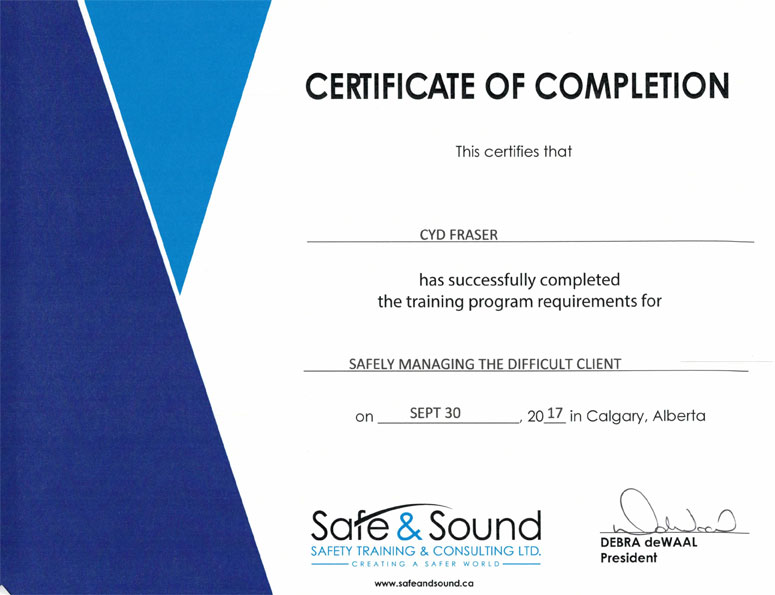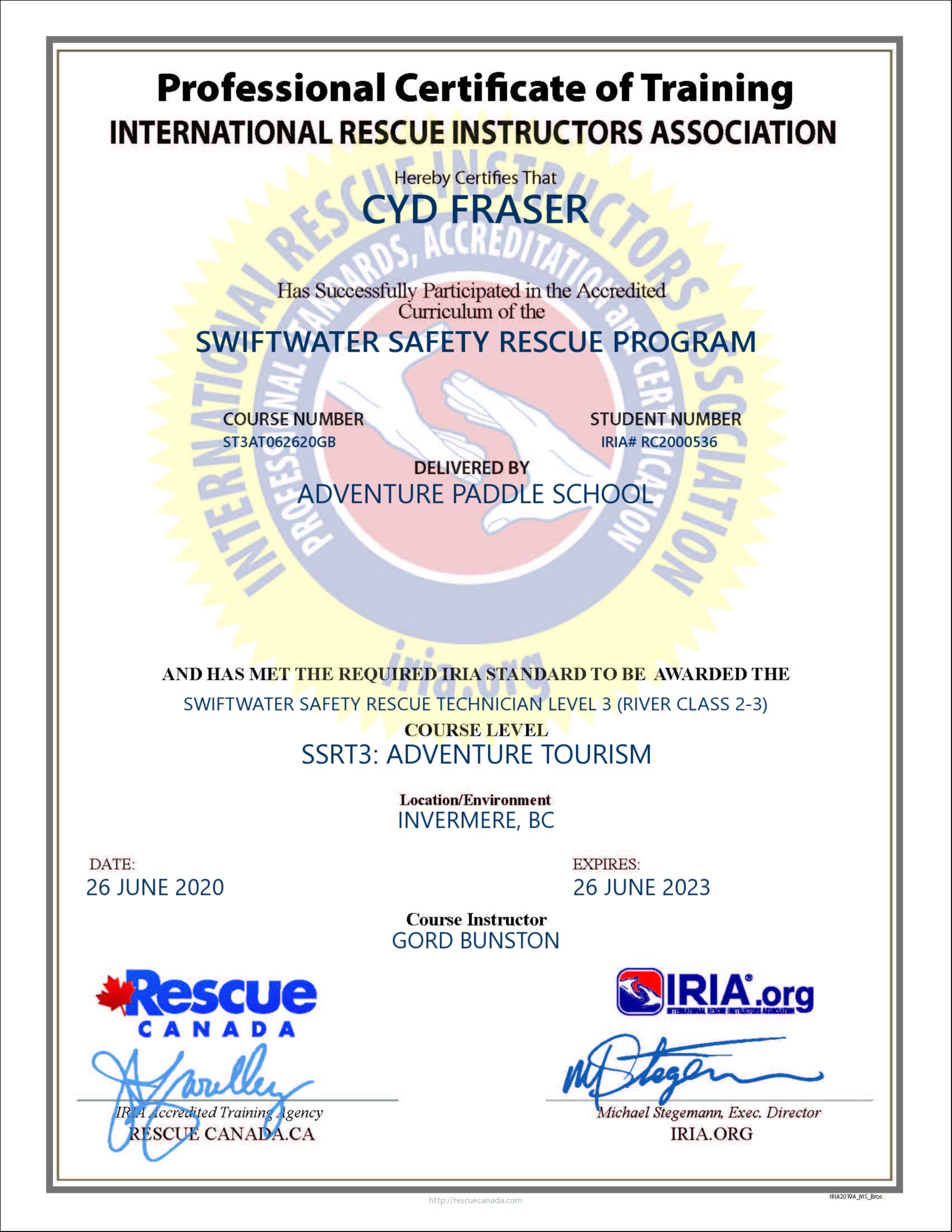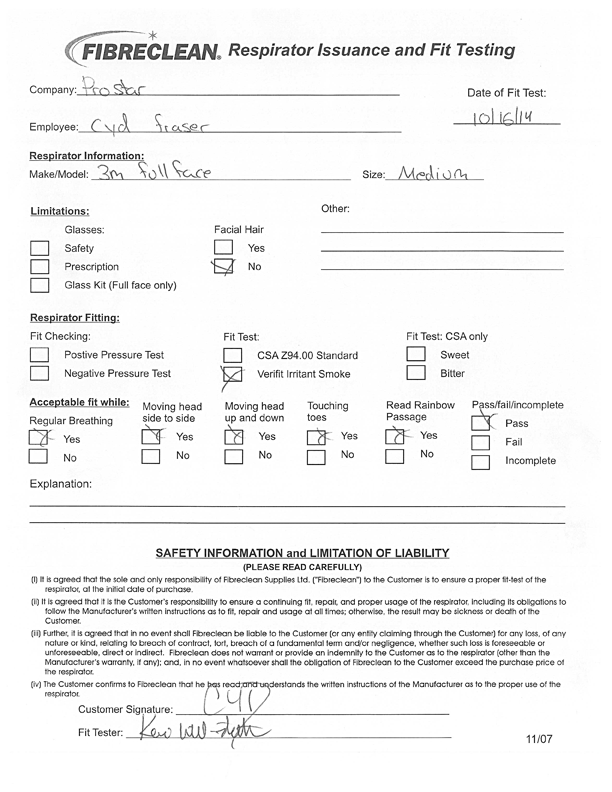The word “community” is derived from the Old French communité which is derived from the Latin communitas (com, “with/together” + munus, “gift”), a broad term for fellowship or organized society. “Community is one of the major bases for self-definition,” says psychologist Seymour B. Sarason.
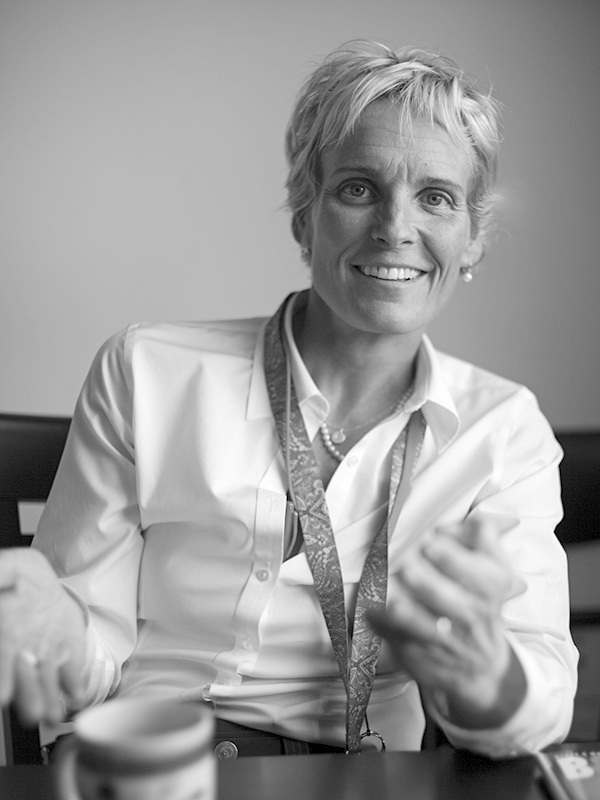
We found a 1986 study from McMillan and Chavis where they identified four elements of “sense of community“:
- membership,
- influence,
- integration and fulfillment of needs,
- shared emotional connection.
Membership includes five attributes:
- boundaries
- emotional safety
- a sense of belonging and identification
- personal investment
- a common symbol system
Influence works both ways: members need to feel that they have some influence in the group, and some influence by the group on its members is needed for group cohesion. Current researches (e.g. Chigbu, 2013) on rural and urban communities have found that sense of community is a major factor in development.
Integration and fulfillment of needs – Members feel rewarded in some way for their participation in the community.
Shared emotional connection – The “definitive element for true community” (1986, p. 14), it includes shared history and shared participation (or at least identification with the history).
In Canmore, Cyd Fraser is the synonymous of community. Cyd has hours and hours of volunteer work for this community, in many areas and with outstanding results. Check her events page to know more about her positions in important community events. Visit also her volunteer projects page.
For more information, contact Cyd.
Bicycles Mean Business and Lots of Other Great Things for Canmore!
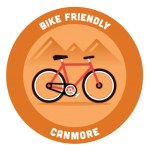 Canmore special event manager, Cyd Fraser, is keen to lead the way in making town events bike friendly too: “I look forward to seeing a well-organized system that encourages all event/community coordinators to take this on with enthusiasm which would have a ripple effect out into our audience…. The whole world!”
Canmore special event manager, Cyd Fraser, is keen to lead the way in making town events bike friendly too: “I look forward to seeing a well-organized system that encourages all event/community coordinators to take this on with enthusiasm which would have a ripple effect out into our audience…. The whole world!”
Read the whole blog post here.





